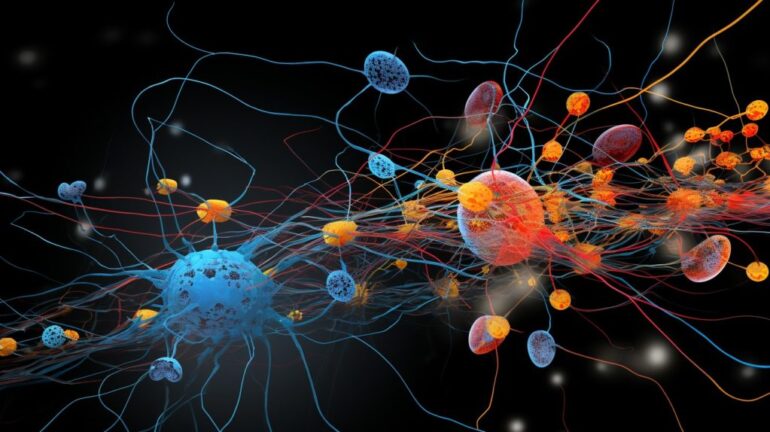TL;DR:
- Chinese researchers introduced circ2CBA, a deep learning model for predicting circRNA-RBP binding sites.
- CircRNAs play a crucial role in disease mechanisms, especially cancer, making their interaction with RBPs significant.
- circ2CBA stands out for its ability to predict binding sites using only circRNA sequence information, simplifying the process.
- The model integrates CNNs and a BiLSTM network to extract and analyze sequence features effectively.
- An attention layer fine-tunes feature weighting for precise predictions, followed by a softmax function for outcome derivation.
- Comparative experiments demonstrate circ2CBA’s superiority in performance over existing methods.
- Motif analysis supports its exceptional performance on specific datasets.
- circ2CBA represents a powerful tool for predicting circRNA-RBP binding sites, with potential implications for disease research.
Main AI News:
In a groundbreaking development, Chinese researchers have unveiled circ2CBA, a cutting-edge deep learning model poised to reshape the prediction of circular RNA (circRNA) and RNA-binding protein (RBP) binding sites. This innovation carries profound implications for deciphering the intricate mechanisms underpinning various diseases, with a special focus on cancer.
CircRNAs have recently captured widespread attention due to their pivotal role in regulating cellular processes and their potential implications for various diseases, notably cancer. Within this context, the interplay between circRNAs and RBPs has emerged as a focal point, as unraveling their interactions promises invaluable insights into disease mechanisms.
The circ2CBA model, featured in a recent publication in Frontiers of Computer Science, distinguishes itself by its capacity to predict binding sites solely based on the sequence information of circRNAs. This marks a significant leap forward, making it more efficient and expedient to identify these critical interactions.
Circ2CBA employs a distinctive approach, integrating contextual information among the sequence nucleotides of circRNAs and the importance of specific positions. The model leverages a two-pronged strategy, beginning with the application of two layers of Convolutional Neural Networks (CNN) to extract local features from circRNA sequences. This pivotal step broadens the perception domain, enhancing the depth of analysis.
To unravel the nuances within sequence nucleotides, circ2CBA employs a Bidirectional Long Short-Term Memory (BiLSTM) network. This neural network architecture empowers the model to discern complex relationships within the sequence more effectively.
Further enhancing the model’s prowess is the incorporation of an attention layer, which assigns varying weights to the feature matrix before its input into the two-layer fully connected layer. This meticulous attention to detail ensures that the model can discern subtle intricacies in the data.
Ultimately, the prediction outcome is derived by applying a softmax function, yielding highly accurate predictions of circRNA-RBP binding sites.
To validate circ2CBA’s effectiveness, the research team sourced circRNA sequences from the CircInteractome database and selected eight RBPs to construct the dataset. The one-hot encoding method was employed to convert circRNA sequences into a format compatible with the subsequent modeling process.
Both comparative and ablation experiments consistently affirm circ2CBA’s efficacy. Its performance surpasses other existing methods, underscoring its potential to catalyze significant advancements in the field of circRNA-RBP interaction prediction.
In-depth motif analysis was conducted to elucidate circ2CBA’s exceptional performance on specific sub-datasets. The experimental findings furnish compelling evidence that circ2CBA stands as a formidable and dependable tool for predicting binding sites between circRNAs and RBPs.
Conclusion:
The introduction of the circ2CBA deep learning model signifies a breakthrough in circRNA-RBP interaction prediction. Its accuracy and efficiency offer valuable insights for the market, potentially accelerating research and enabling more precise interventions in disease mechanisms. This innovation positions itself as a game-changer in the field, with far-reaching implications for biotechnology and pharmaceutical companies seeking to advance their understanding of circRNA-related diseases, particularly cancer.

